Home>Home Maintenance>What Are Some Home Repairs
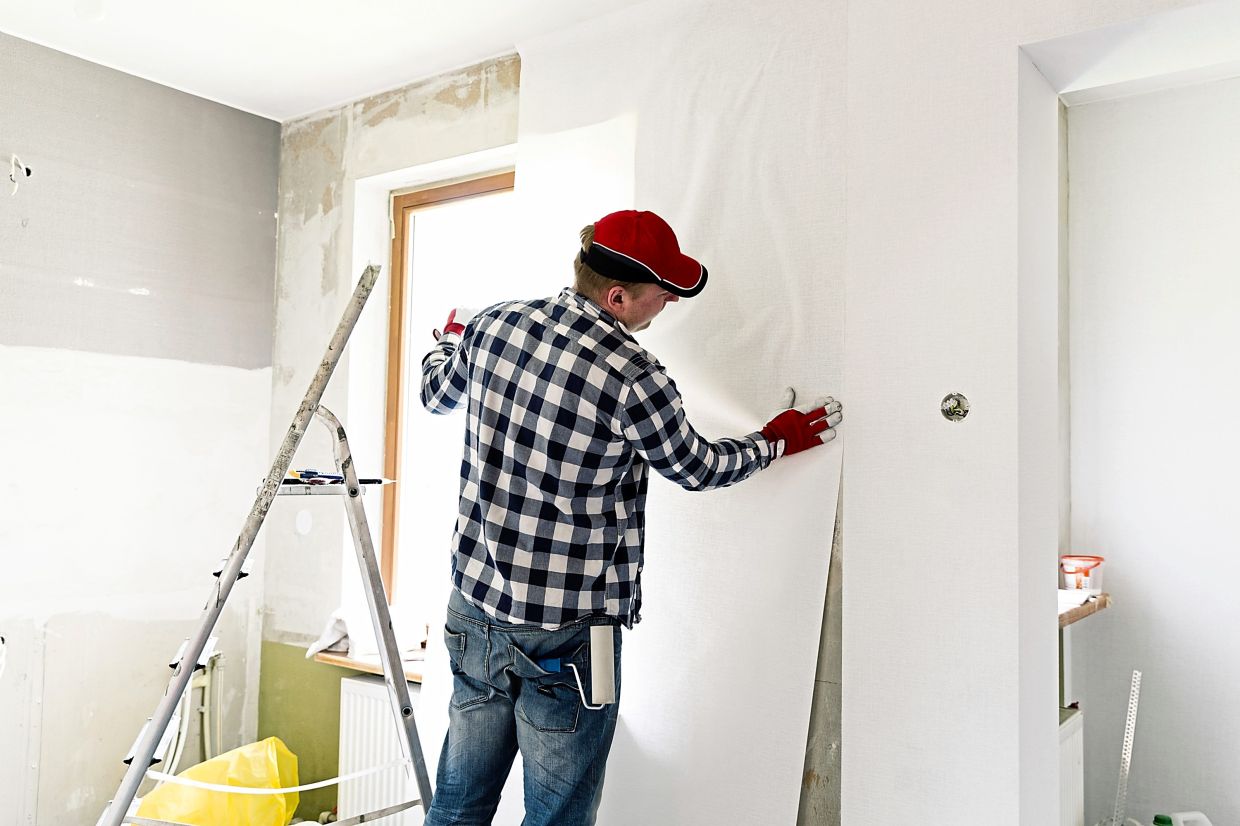

Home Maintenance
What Are Some Home Repairs
Modified: March 6, 2024
Discover essential home repairs and maintenance tips to keep your living space in top condition. Learn how to tackle common issues and save time and money.
(Many of the links in this article redirect to a specific reviewed product. Your purchase of these products through affiliate links helps to generate commission for Storables.com, at no extra cost. Learn more)
Introduction
Welcome to the world of home repairs! Keeping your home in good condition requires regular maintenance and occasional repairs. Whether you are a homeowner or a tenant, knowing how to handle common home repairs can save you time, money, and headaches.
In this article, we will explore some of the most common home repairs that you may come across. From plumbing and electrical issues to roof and heating repairs, we will cover a wide range of topics to help you navigate the world of home maintenance.
Remember, before attempting any repairs, it is essential to assess the situation and determine whether it is a DIY project or requires professional assistance. Safety should always be a top priority, and if you are unsure about any repairs, it is best to consult with a qualified professional.
Now, let’s dive into the world of home repairs and discover how you can tackle common problems with confidence!
Key Takeaways:
- Regular maintenance and inspections are crucial for preventing major home repairs. Knowing when to DIY and when to call a professional ensures safety and saves time and money.
- Embrace the world of home repairs with confidence. Each repair presents an opportunity to improve your home, preserve its value, and enhance its visual appeal.
Plumbing Repairs
Plumbing issues are a common occurrence in homes. From leaky faucets to clogged drains, these problems can disrupt your daily routine and cause significant inconvenience. Here are some common plumbing repairs that you may encounter:
- Fixing Leaky Faucets: Leaky faucets not only waste water but can also lead to higher water bills. Most faucet leaks can be fixed by replacing worn-out washers or cartridges. Make sure to turn off the water supply before disassembling the faucet and follow the manufacturer’s instructions.
- Unclogging Drains: Slow or clogged drains are a nuisance. To unclog a drain, you can try using a plunger, a drain snake, or a mixture of baking soda and vinegar. Avoid using chemical drain cleaners as they can damage your pipes. If the clog persists, it may be necessary to call a professional plumber.
- Repairing Toilet Issues: Toilet problems, such as running toilets or clogged toilets, are common plumbing issues. A running toilet can usually be fixed by adjusting the flapper or replacing the fill valve. For a clogged toilet, use a plunger, or a toilet auger if the clog is stubborn.
- Fixing Water Supply Pipes: If you have a burst or leaking water supply pipe, it is crucial to act quickly to prevent water damage. Shut off the main water valve and call a plumber for immediate repair. Depending on the extent of the damage, you may need to replace a section of the pipe.
- Replacing Plumbing Fixtures: Over time, plumbing fixtures can wear out or become outdated. Whether it’s a worn-out showerhead, a leaky faucet, or a malfunctioning toilet, replacing these fixtures can improve water efficiency and functionality while enhancing the aesthetics of your bathroom or kitchen.
Remember, while some plumbing repairs can be tackled as a DIY project, more complex issues may require professional assistance. A licensed plumber has the expertise and tools to diagnose problems accurately and provide long-lasting solutions. Additionally, regular maintenance and inspections can help prevent plumbing issues before they become major problems.
Electrical Repairs
When it comes to electrical repairs, it’s essential to prioritize safety and take the necessary precautions. Dealing with electricity can be dangerous, so if you are unsure or uncomfortable with electrical work, it is best to hire a licensed electrician. Here are some common electrical repairs you may encounter:
- Fixing faulty outlets and switches: If you have outlets or switches that aren’t working properly, it may be due to loose connections, faulty wiring, or worn-out components. Before attempting any repairs, turn off the circuit breaker for that area and use a voltage tester to ensure there is no electrical current present. Tightening connections or replacing faulty outlets or switches can solve the problem.
- Replacing light fixtures and bulbs: Over time, light fixtures may become outdated or malfunction. Whether it’s a broken socket, a flickering light, or a damaged fixture, replacing them can improve both functionality and aesthetics. Additionally, changing burnt-out bulbs with energy-efficient LED bulbs can save energy and reduce electricity costs.
- Fixing circuit breaker issues: If your circuit breaker keeps tripping or you notice any other issues with it, it is important to address the problem promptly. Circuit breakers are designed to protect your home from electrical overloads. Resetting the breaker and ensuring that your electrical load is within the breaker’s capacity can often resolve the issue. However, if the problem persists, it may indicate a more significant electrical problem and should be inspected by a professional electrician.
- Repairing wiring problems: Damaged or faulty electrical wiring can lead to various issues, including power outages, flickering lights, and even fire hazards. If you notice sparks, charred outlets, or burning smells, turn off the power to that area and contact an electrician immediately. Wiring repairs require expertise and should never be attempted by someone without proper knowledge and training.
- Installing new electrical outlets or circuits: If you need additional electrical outlets in your home or want to install new circuits for appliances or lighting fixtures, it is best to consult with a professional electrician. They can ensure that the wiring is done correctly, meet local electrical codes, and provide safe and reliable power sources.
Remember, electrical repairs can be complex and potentially dangerous. If you are unsure about any electrical repairs, it is always best to seek professional help. Investing in proper maintenance and periodic electrical inspections can help identify and address potential issues before they become major problems.
Roof Repairs
Your roof plays a vital role in protecting your home from the elements. Over time, wear and tear, weather damage, or age can cause issues that require repair. It is important to address roof problems promptly to prevent further damage to your home’s structure. Here are some common roof repairs you may encounter:
- Fixing roof leaks: One of the most common roof repairs is fixing leaks. Leaks can occur due to damaged or missing shingles, cracked flashing, or deteriorated roof vents. Identifying the source of the leak can sometimes be challenging, and it may require the assistance of a professional roofer. Once the source is located, it can be repaired by replacing damaged components and sealing any gaps or cracks.
- Replacing damaged or missing shingles: Shingles can become damaged or blown off by strong winds or other weather conditions. Missing or damaged shingles can leave your roof vulnerable to leaks and further damage. If you notice any loose, cracked, or missing shingles, they should be replaced promptly to maintain the integrity of your roof.
- Repairing flashing: Flashing is used to seal gaps and joints in your roof, such as around chimneys, vents, and skylights. Over time, flashing can deteriorate or become damaged, leading to leaks. Repairing or replacing damaged flashing can prevent water intrusion and maintain the waterproofing of your roof.
- Clearing debris and maintaining gutters: Keeping your roof and gutters clear of debris is essential for proper water drainage. Leaves, branches, and other debris can accumulate on your roof and clog gutters, leading to water backup and potential damage. Regularly cleaning your roof and gutters can help prevent issues such as water pooling and roof leaks.
- Repairing roof ventilation: Proper roof ventilation is crucial for maintaining the temperature and moisture levels in your attic. Poor ventilation can lead to moisture buildup, which can damage your roof and cause mold growth. Repairing or installing roof vents can improve airflow and prevent potential problems.
Roof repairs can be complex and dangerous, and it is recommended to hire a professional roofer to handle significant repairs. Regular maintenance, inspections, and timely repairs can extend the lifespan of your roof and protect your home from potential water damage.
Heating and Cooling Repairs
Maintaining a comfortable indoor temperature is essential for your overall well-being. When your heating or cooling systems malfunction, it can make your home uncomfortable and even pose health risks in extreme weather conditions. Here are some common heating and cooling repairs you may encounter:
- Repairing or replacing the thermostat: The thermostat is the control center for your heating and cooling systems. If you notice erratic temperature readings, incorrect settings, or a complete failure of the thermostat, it may need to be repaired or replaced. A malfunctioning thermostat can cause your heating or cooling system to run inefficiently or not function at all.
- Fixing air duct leaks: Leaky air ducts can result in wasted energy and reduced system efficiency. If you notice uneven airflow, hot or cold spots in your home, or increased energy bills, it may be due to air duct leaks. Locating and sealing the leaks can help improve the overall performance of your heating and cooling system.
- Cleaning or replacing air filters: Dirty or clogged air filters can restrict airflow and put strain on your heating and cooling system. It is important to clean or replace air filters regularly to ensure proper airflow and maintain indoor air quality. Clogged filters can lead to reduced efficiency and increased energy consumption.
- Fixing refrigerant leaks: If your air conditioner is not cooling properly or if there are ice buildup on the refrigerant lines, it may indicate a refrigerant leak. Refrigerant leaks can lead to reduced cooling capacity and higher energy consumption. Repairing refrigerant leaks should be done by a licensed HVAC technician to ensure safety and proper handling of refrigerants.
- Repairing or replacing faulty fan motors: Fan motors are responsible for circulating airflow in your heating and cooling systems. If you notice unusual noises, weak airflow, or a complete failure of the fan, it may be due to a faulty motor. Repairing or replacing the fan motor can restore proper airflow and improve system performance.
While some minor heating and cooling repairs can be done as DIY projects, it is recommended to seek professional help for more complex issues. Regular maintenance, such as cleaning and inspecting your heating and cooling systems, can help identify potential problems and prevent major breakdowns. Additionally, staying on top of filter replacements and scheduling professional tune-ups can improve energy efficiency and extend the lifespan of your equipment.
Read more: What Are Some Home Decor Jobs
Appliance Repairs
Appliances in our homes make our lives easier and more convenient. However, like any other mechanical device, appliances can experience malfunctions and breakdowns. Knowing how to troubleshoot and address common appliance issues can help save you time and money. Here are some common appliance repairs you may encounter:
- Fixing a malfunctioning refrigerator: If your refrigerator is not cooling properly, has a leak, or is making strange noises, it may require repairs. Issues with the compressor, condenser coils, or temperature sensors can cause cooling problems. Clearing any obstructions from the vents, cleaning the coils, or replacing faulty components can often resolve these issues.
- Repairing a faulty dishwasher: Common dishwasher problems include failure to drain properly, not cleaning dishes effectively, or displaying error codes. Clogged filters, damaged drain hoses, or faulty pumps can be the culprits. Checking for debris in the drain, cleaning or replacing filters, or repairing/replacing damaged components can restore proper functioning.
- Fixing a malfunctioning washing machine: Issues with washing machines can range from leaks and excessive vibrations to problems with the agitator or drainage. Clearing clogged hoses, replacing worn-out belts, or fixing faulty valves can often resolve these issues. If the problem persists, it may require professional attention.
- Repairing a broken oven or stove: If your oven isn’t heating properly, the burners are not working, or the display is malfunctioning, it may require repairs. Issues with heating elements, ignition systems, or control panels can cause these problems. Replacing faulty components or recalibrating the oven’s temperature can often solve these issues.
- Fixing a malfunctioning dryer: A dryer that is not producing heat, taking too long to dry clothes, or making unusual noises may require repairs. Common causes include a faulty heating element, damaged belts, or clogged vents. Checking and cleaning the vents, replacing faulty parts, or performing routine maintenance can help restore proper functioning.
While many minor appliance repairs can be done by homeowners, it’s important to consider your skill level and the complexity of the problem. Some repairs may require specialized tools or knowledge, and it’s always safer to hire a professional technician for complex or potentially hazardous repairs. Additionally, regular maintenance, such as cleaning or replacing filters, can help prevent common appliance issues and extend their lifespan.
Regularly inspecting and maintaining your home’s plumbing, electrical, and HVAC systems can help prevent costly repairs in the future.
Painting and Drywall Repairs
Painting and drywall repairs are common home maintenance tasks that can freshen up the appearance of your home and fix minor imperfections. While painting can be a DIY project, it’s important to have the right tools and techniques to achieve a professional-looking finish. Here are some painting and drywall repairs you may encounter:
- Patching and repairing drywall: Holes, cracks, and dents in drywall are common issues that can occur over time. To repair small holes, you can use spackling compound or joint compound and a putty knife. For larger holes or damaged sections, you may need to cut out the damaged area and replace it with a new piece of drywall. Once the repair is complete, sand the area and apply primer before painting.
- Repairing and sanding rough surfaces: Uneven or rough surfaces can affect the appearance of your painted walls. Sanding the walls with sandpaper or a sanding block can help smooth out imperfections and create an even surface. Be sure to clean the walls thoroughly before painting to remove any dust or debris.
- Priming and painting: Proper preparation is key to achieving a long-lasting and professional paint job. After repairing any damaged areas and sanding the walls, it’s important to apply a primer before painting. Priming helps the paint adhere better and provides a uniform base. Choose a high-quality paint and apply it using rollers or brushes, following the manufacturer’s instructions for the best results.
- Paint touch-ups: Over time, walls can get scuffed, scratched, or stained. Performing regular paint touch-ups can help maintain the appearance of your walls. Keep some leftover paint from the original project and use a small brush to touch up any damaged areas. If the paint has faded or if you don’t have any leftover paint, it’s best to repaint the entire wall for a consistent finish.
- Removing wallpaper: If you have wallpaper that is outdated or damaged, removing it can give your space a fresh look. You can use a wallpaper steamer or a wallpaper removal solution to soften the adhesive and gently peel off the wallpaper. After removing the wallpaper, make sure to repair any wall damage and prep the surface before painting.
When it comes to painting and drywall repairs, proper preparation and attention to detail are crucial for achieving a professional finish. Take your time, follow the necessary steps, and use high-quality materials to ensure long-lasting results. If you’re unsure about any repairs or painting techniques, it’s always best to consult with a professional painter or drywall repair specialist.
Flooring Repairs
Your floors endure daily wear and tear, making them susceptible to damage and requiring occasional repairs. Whether you have hardwood, laminate, tile, or carpeted floors, addressing flooring issues promptly is important to prevent further damage and maintain the appearance of your home. Here are some common flooring repairs you may encounter:
- Repairing damaged hardwood floors: Scratches, dents, and gouges are common issues with hardwood floors. Minor scratches can often be repaired using a wood filler or touch-up pen that matches the floor’s color. For more extensive damage, such as deep scratches or gouges, it may be necessary to replace the damaged boards. Once the repairs are complete, refinishing the floor can help restore its original beauty.
- Replacing or repairing damaged laminate flooring: Laminate flooring can become damaged due to water exposure, scratches, or wear over time. For minor damage, such as small scratches or chips, using laminate floor repair kits or filling the damaged areas with colored wax can help conceal the imperfections. However, if the damage is extensive or the planks are swollen due to water damage, it may be necessary to replace the affected boards.
- Repairing cracked or chipped tiles: Cracked or chipped tiles can be unsightly and pose a risk of injury. Repairing individual tiles can be done by carefully removing the damaged tile and replacing it with a new one. If you don’t have any spare tiles, you can often find a close match at a local home improvement store. Ensure that the subfloor is prepared properly before installing the new tile and use a suitable adhesive.
- Addressing carpet stains or burns: Accidents happen, and carpets can become stained or burn. Immediate treatment of carpet stains with a carpet cleaner or stain remover can help minimize the damage. For burns, cutting out the damaged section and replacing it with a patch of carpet can effectively conceal the burn mark. If the stain or burn is extensive, you may need to consider replacing the entire carpet.
- Repairing loose or squeaky floorboards: Over time, floorboards can become loose or develop squeaks. Securing loose floorboards can often be done by driving screws into the subfloor and securing the boards firmly in place. For squeaky floors, using specialized hardware, such as a squeak elimination kit, can help eliminate the noise by stabilizing the boards.
While minor flooring repairs can be done as DIY projects, more extensive repairs or replacements may require professional assistance. If you’re unsure about the best approach or lack the necessary skills or tools, it’s always best to seek advice from a flooring professional. Regular maintenance, such as keeping floors clean and using protective measures, can help prevent some flooring issues and extend their lifespan.
Window and Door Repairs
Windows and doors not only provide security and protection but also contribute to the overall aesthetics and energy efficiency of your home. Over time, they may experience wear and tear, requiring repairs or maintenance. Here are some common window and door repairs you may encounter:
- Repairing or replacing faulty window or door hardware: If your windows or doors are difficult to open or close, have loose hinges or handles, or are sticking, it may be due to worn-out or damaged hardware. Replacing faulty hardware, such as hinges, handles, or locks, can improve functionality and security.
- Fixing window and door leaks: Leaky windows or doors can allow drafts, moisture, and even pests to enter your home. Weatherstripping, caulking, or replacing worn-out seals can help prevent air and water leaks. Additionally, if you notice condensation between double-paned windows, it may indicate a broken seal and require professional repair.
- Repairing or replacing broken window glass: Cracked or shattered window glass not only compromises the appearance of your home but also affects energy efficiency and security. Depending on the extent of damage, you may be able to replace the glass yourself or require professional assistance. It’s important to match the glass type and thickness for proper installation.
- Fixing squeaky doors: Squeaky doors can be annoying and indicate loose hinges or hardware. Applying lubricant to the hinges or tightening the screws can often silence the squeaks. If the problem persists, it may require replacing worn-out hinges or addressing other underlying issues.
- Repairing or replacing damaged door frames: Door frames can become damaged due to moisture, rot, or physical damage. Repairing minor damage, such as filling cracks or sanding down rough areas, can be done using wood filler and sandpaper. However, for extensive damage or rot, it may be necessary to replace the entire door frame.
While some window and door repairs can be tackled as DIY projects, others may require professional assistance, especially for intricate repairs or replacements. Regular maintenance, such as cleaning and lubricating hinges, inspecting seals, and addressing issues promptly, can help prevent extensive damage and ensure smooth operation. Properly maintained windows and doors not only enhance your home’s curb appeal but also contribute to energy efficiency and comfort.
Read more: What Are Some Good Home Decor Websites
Outdoor Repairs
The outdoor areas of your home are subject to constant exposure to the elements, making them vulnerable to wear and tear. Regular outdoor maintenance and repairs are essential to preserve the beauty and functionality of your outdoor spaces. Here are some common outdoor repairs you may encounter:
- Repairing or replacing damaged fencing: Fences can deteriorate over time due to weather conditions or physical damage. Repairing minor issues, such as loose boards or broken pickets, can often be done by replacing individual components. However, if the damage is extensive or the entire fence is compromised, it may be necessary to replace the entire section or the entire fence.
- Fixing cracks or damage in the driveway: Over time, driveways can develop cracks or potholes due to regular use and exposure to the elements. Fillers and patching compounds can be used to repair small cracks and holes. For larger or more significant damage, resurfacing or resealing the driveway may be necessary.
- Repairing or replacing damaged outdoor lighting: Outdoor lighting fixtures can become damaged or worn out over time. Broken bulbs, damaged wiring, or malfunctioning sensors can affect the functionality and appearance of your outdoor lighting. Replacing bulbs, repairing wiring, or replacing fixtures can restore proper lighting and enhance your outdoor spaces.
- Fixing garden and landscape issues: Maintaining a beautiful garden and landscape requires regular upkeep and repairs. This may involve fixing irrigation systems, repairing or replacing broken sprinkler heads, or addressing drainage issues. Additionally, removing weeds, trimming overgrown plants, and replenishing mulch are all part of routine outdoor maintenance.
- Repairing or refinishing outdoor furniture: Outdoor furniture can deteriorate over time due to exposure to the elements. Repairing or replacing loose or broken parts, such as screws or slats, can extend the lifespan of your outdoor furniture. Refinishing or applying a protective coating can also enhance its appearance and protect it from further damage.
While some outdoor repairs can be done as DIY projects, others may require specialized tools or expertise. If you’re uncertain or uncomfortable with any outdoor repairs, it’s best to hire professionals who can ensure proper repair and maintenance. Regular inspections and timely repairs can help preserve the functionality and attractiveness of your outdoor spaces for years to come.
Structural Repairs
Maintaining the structural integrity of your home is crucial for safety and long-term stability. Structural repairs may be necessary to address issues that affect the foundation, walls, or overall structure of your home. It’s important to identify and address these problems promptly to prevent further damage. Here are some common structural repairs you may encounter:
- Foundation repairs: Foundation issues can manifest as cracks in the walls or floors, uneven or sloping floors, or doors and windows that don’t open or close properly. Depending on the severity of the problem, foundation repairs may involve underpinning, piers, or other methods to stabilize and level the foundation.
- Repairing cracked or bowed walls: Cracks in the walls can be a sign of underlying structural issues. Minor cracks can often be repaired using patching compounds, but larger or recurring cracks may require further inspection and repair by a professional. Bowed or sagging walls may need reinforcement using techniques such as wall anchors or carbon fiber strips.
- Roof truss repairs: Roof trusses are vital for supporting the weight of the roof and maintaining structural integrity. If you notice signs of damage, such as sagging or cracked trusses, it’s important to have them inspected and repaired by a qualified professional. Ignoring or neglecting roof truss issues can lead to roof collapses or other serious structural problems.
- Fixing termite or pest damage: Termites and other pests can cause significant damage to the structural components of your home, such as wooden beams and joists. If you notice signs of termite infestation or pest damage, it’s essential to address the problem promptly. This may involve treating the infestation, repairing or replacing damaged structural elements, and implementing preventive measures.
- Repairing water damage: Water damage can weaken the structural integrity of your home, leading to rot, mold growth, and compromised structural components. It’s important to identify and fix the source of water intrusion, repair damaged areas, and ensure proper drainage around your home. In severe cases, professional assistance may be required to address extensive water damage.
Structural repairs can be complex and require the expertise of professionals in the field. It’s crucial to consult with qualified contractors or structural engineers to assess the extent of the damage and determine the appropriate repairs. Addressing structural issues promptly can help maintain the safety and value of your home, providing peace of mind for you and your family.
Conclusion
Home repairs are a necessary part of maintaining a safe, functional, and visually appealing living space. From plumbing and electrical repairs to roof and structural repairs, addressing issues promptly can help prevent further damage and save you time and money in the long run.
While many minor repairs can be tackled as DIY projects, it’s important to know your limits and seek professional help when needed. Safety should always be a priority, and if you are unsure or uncomfortable with any repairs, it’s best to consult with experts in the respective fields.
Regular maintenance and inspections are key to preventing major problems and extending the lifespan of your home’s components. By staying proactive and addressing issues as they arise, you can avoid costly repairs or even potential hazards.
Remember, each repair presents an opportunity to improve your home. Whether it’s fixing a leaky faucet, repainting a room, or replacing damaged flooring, take the time to understand the best techniques and use quality materials to achieve long-lasting results.
Lastly, don’t underestimate the value of a well-maintained and repaired home. Not only does it provide a safe and comfortable living environment, but it also preserves your home’s value and enhances its visual appeal.
So, embrace the world of home repairs with confidence. With a little knowledge, preparation, and the help of professionals when needed, you can tackle common home maintenance tasks and keep your home in top shape for years to come.
Frequently Asked Questions about What Are Some Home Repairs
Was this page helpful?
At Storables.com, we guarantee accurate and reliable information. Our content, validated by Expert Board Contributors, is crafted following stringent Editorial Policies. We're committed to providing you with well-researched, expert-backed insights for all your informational needs.

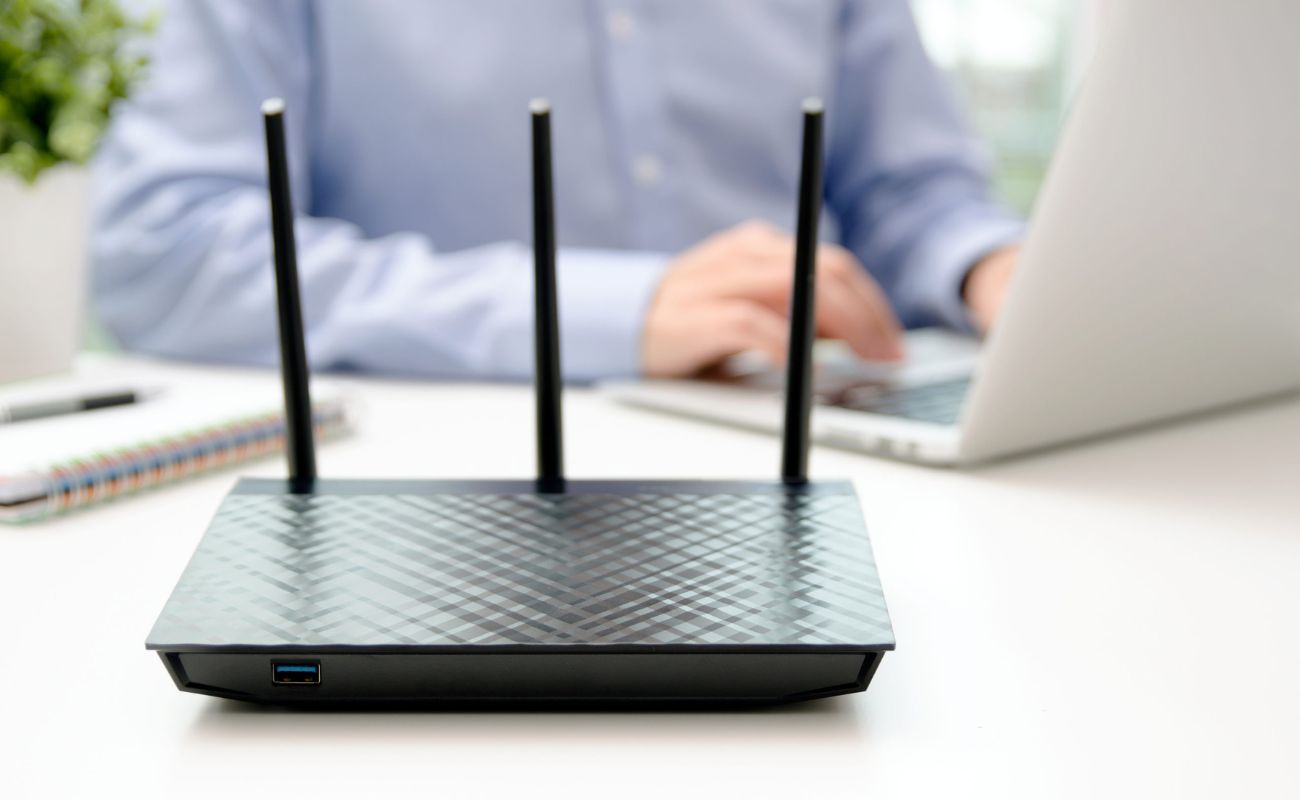



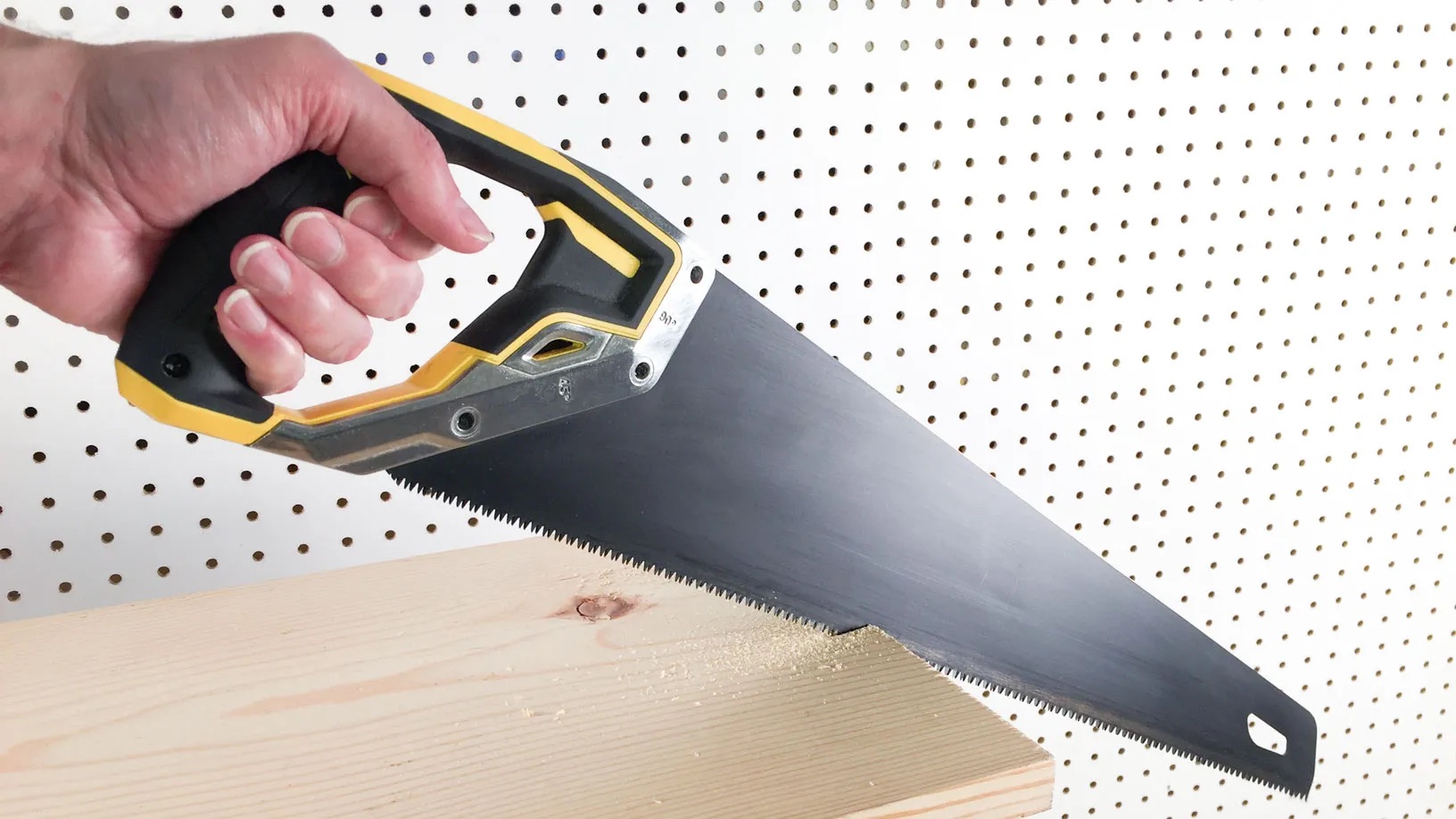


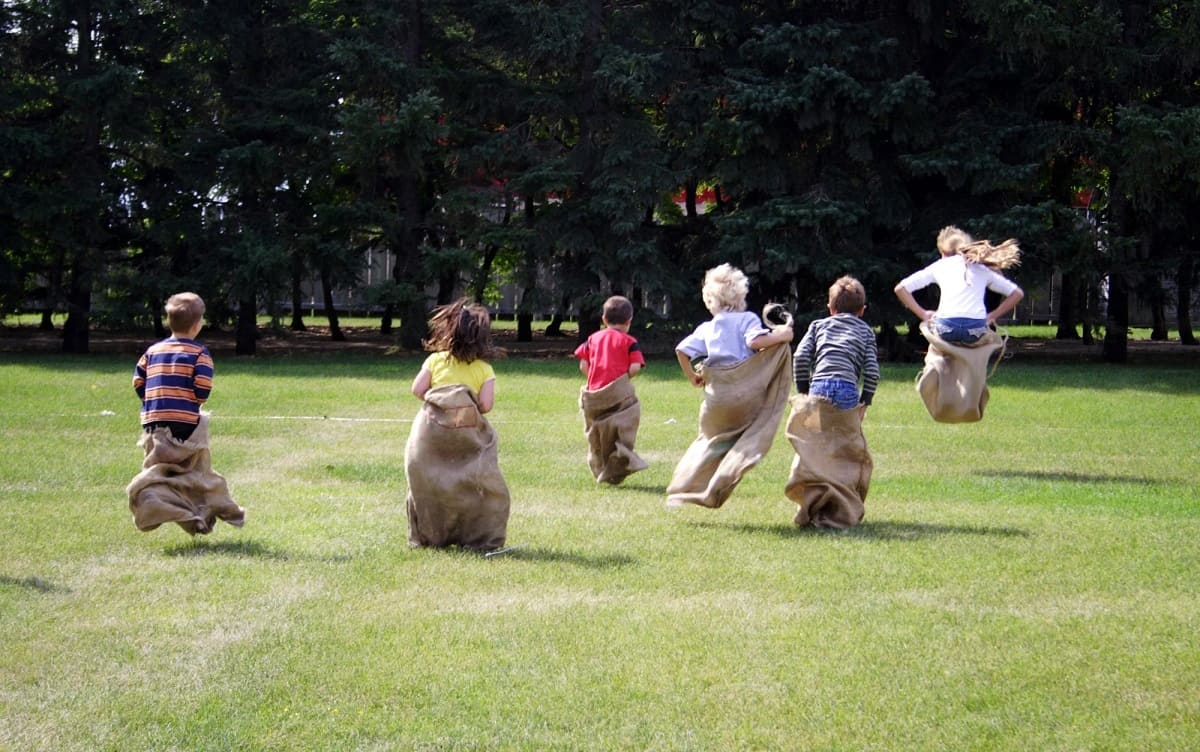
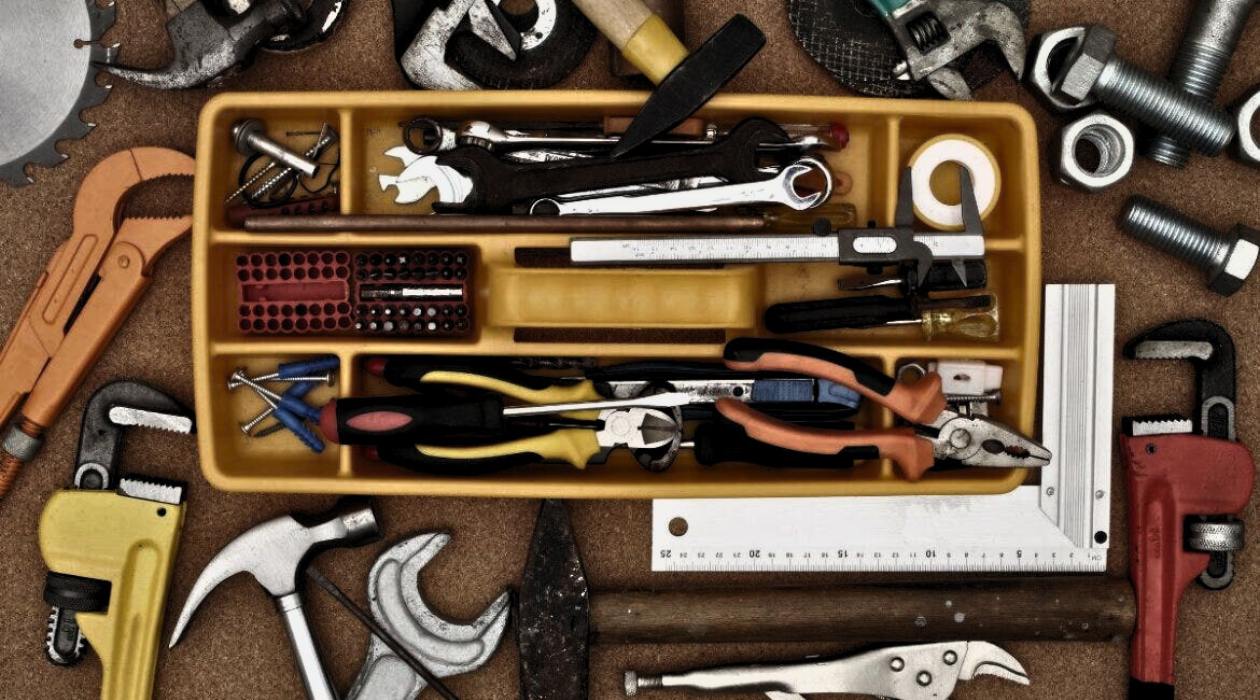




0 thoughts on “What Are Some Home Repairs”